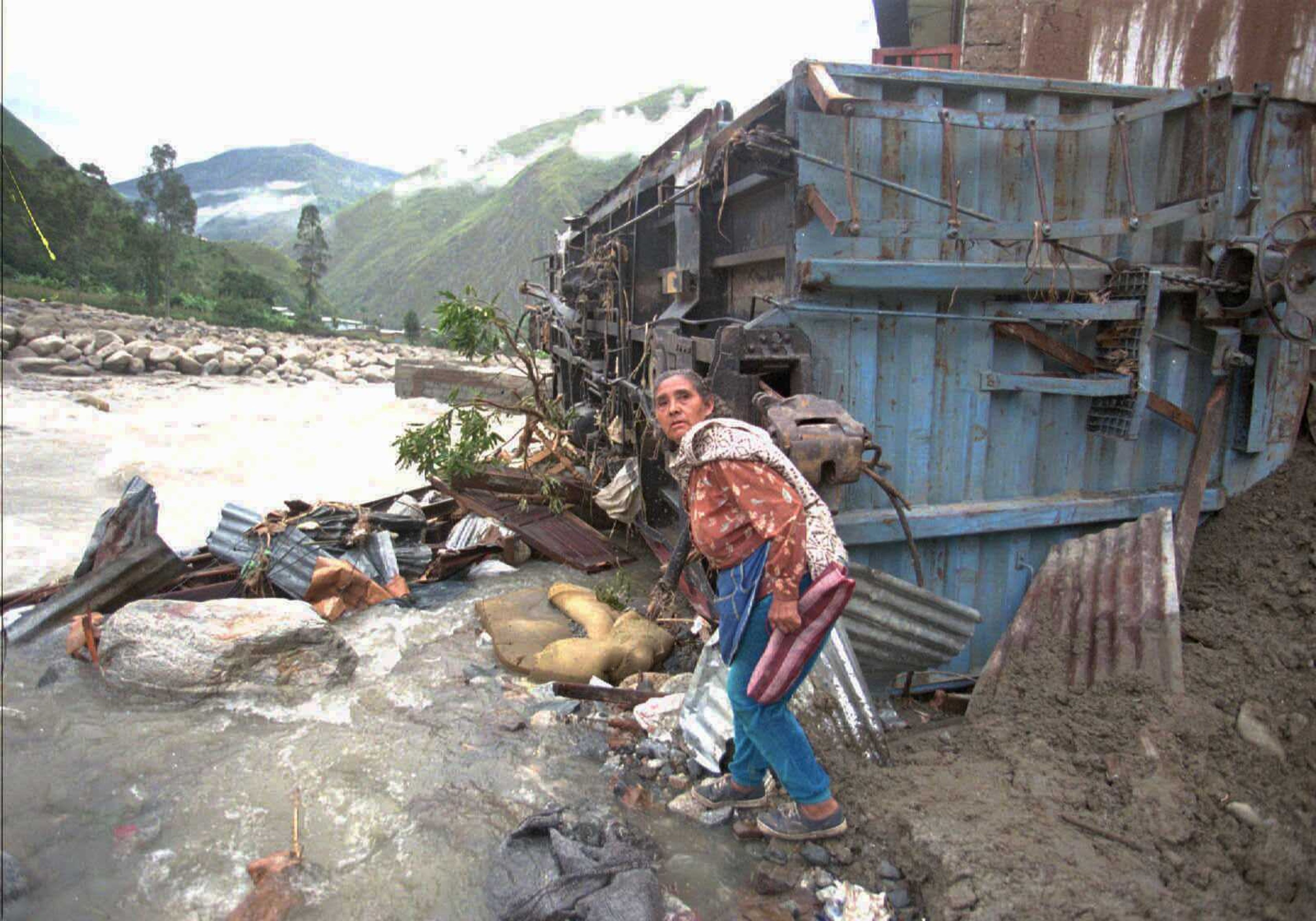Worldwide strengthening El Nino giveth and taketh away
WASHINGTON -- In California, they're counting on it to end an historic drought; in Peru, they've already declared a pre-emptive emergency to prepare for devastating flooding. It's both an economic stimulus and a recession-maker. And it's likely to increase the price of coffee, chocolate and sugar...
WASHINGTON -- In California, they're counting on it to end an historic drought; in Peru, they've already declared a pre-emptive emergency to prepare for devastating flooding. It's both an economic stimulus and a recession-maker. And it's likely to increase the price of coffee, chocolate and sugar.
It's El Nino -- most likely, the largest in well over a decade, forecasters say. A lot more than mere weather, it affects lives and pocketbooks in different ways in different places.
Every few years, the winds shift, and the water in the Pacific Ocean gets warmer than usual. That water sloshes back and forth around the equator in the Pacific, interacts with the winds above and then changes weather worldwide.
This is El Nino.
Droughts are triggered in places such as Australia and India, but elsewhere, droughts are quenched, and floods replace them. The Pacific gets more hurricanes; the Atlantic fewer. Winter gets milder and wetter in much of the United States. The world warms, goosing Earth's already rising thermometer from man-made climate change.
Peruvian sailors named the formation El Nino -- the (Christ) Child -- because it was most noticeable around Christmas. An El Nino means the Pacific Ocean off Peru's coast is warm, especially a huge patch 330 feet below the surface, and as it gets warmer and close to the surface, the weather "is just going to be a river falling from the sky," said biophysicist Michael Ferrari, director of climate services for agriculture at the Colorado firm aWhere Inc.
Around the world, crops fail in some places but thrive elsewhere. Commercial fishing shifts. More people die of flooding, fewer from freezing. Americans spend less on winter heating. The global economy shifts.
"El Nino is not the end of the world, so you don't have to hide under the bed. The reality is that in the U.S., an El Nino can be a good thing," said Mike Halpert, deputy director of the U.S. National Oceanic and Atmospheric Administration's Climate Prediction Center.
Connect with the Southeast Missourian Newsroom:
For corrections to this story or other insights for the editor, click here. To submit a letter to the editor, click here. To learn about the Southeast Missourian’s AI Policy, click here.









